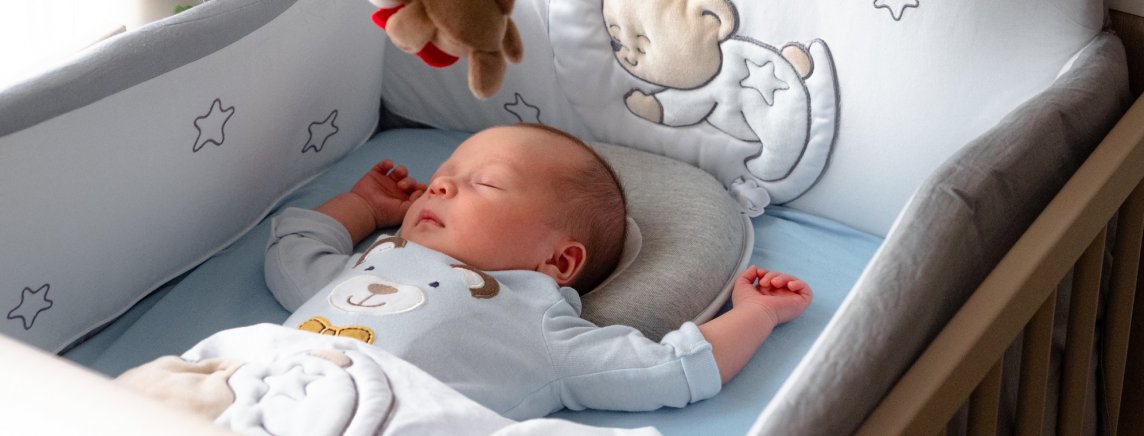This Is Serious

It is probably true that trying to scare children and adolescents won’t change their behaviors. Perhaps, it will work better to scare the parents. The fact is there are circumstances that you can change to prevent injury or death to your child.
It is probably true that trying to scare children and adolescents won’t change their behaviors. Perhaps, it will work better to scare the parents. The fact is there are circumstances that you can change to prevent injury or death to your child. At the risk of upsetting you, I want to talk about some of these problems.
Sudden Unexplained Infant Death used to be called SIDS (Sudden Infant Death Syndrome). Despite the name change, scientists still don’t know exactly what this syndrome is. It is clearly not one thing. A number of cases are caused by a genetic defect. Some turn out to be purposeful harm to an infant. But the majority are caused by suffocation when infants are placed on their stomachs. Since the advent of the Back to Sleep Program, the number of infants dying for no apparent reason overnight has plummeted dramatically. Your pediatrician will be glad to explain what you need to know about SIDS. The recommendation is simple: infants should sleep on their backs until they are capable of rolling over on their own.
A problem that tends to affect older children – especially adolescents – is head injury. We have discussed this at length in a previous column, but it’s worth repeating. When the head is in motion and suddenly stops from a blow, the brain continues to move. The sudden force of the brain against the inside of the skull causes a loss of function that may also result in loss of consciousness. This condition is known as a concussion. The effects of a concussion can last days to months. There is no such thing as a slight concussion. Any head injury may result in permanent injury. It is important to seek medical evaluation. Another consequence of head injury is called increased intracranial pressure. Swelling or bleeding around the brain can rapidly lead to death. Anyone with persistent vomiting or loss of awareness of their surroundings or confusion needs immediate attention. Anyone who has had a concussion is also at risk for second impact syndrome. Simply put, if you hit your head again – even a blow that would ordinarily not cause a concussion – the injury may result in massive brain swelling that can lead to permanent brain damage, paralysis, or death. Second impact syndrome only occurs in the relatively short period before the first concussion has resolved. When we evaluate patients with head injury, we will give them a schedule that clarifies when they can go back to regular activities. No sporting event is worth participating in after a concussion until your child has been cleared by the doctor. Your pediatrician may clear your child or recommend a neurologist.
We’re all aware of the many infectious diseases that can cause mayhem in our lives. The flu, pneumonia, whooping cough, tetanus, even the plague. All of these diseases are still around and can lead to death in susceptible individuals. We are so lucky to have vaccines and antibiotics to reduce our risk of the consequences of so many of these diseases. Centuries ago, infant and maternal mortality was a major cause of low life expectancy. Now, accidents in childhood are responsible for lowering our life expectancy. It is the parents’ job to be vigilant and prevent falls down the stairs or out a window, drowning, and injury from the improper use of seat belts and car seats. If you are in an apartment, make sure your toddler is unable to push a chair to an open window and fall out. Get a window guard! If you are at a pool or other body of water, it is your responsibility (and nobody else’s) to supervise your child. A lifeguard cannot watch everybody. If you have a pool, make sure nobody can get to it unless you are watching. Even if there is a pool cover, you are not safe. Small children will fall onto the cover and get trapped as the water rises above their head. You will not be able to hear them. And if your child cannot put their feet on the floor while sitting back in the back seat of the car, your child needs a car seat. Infant car seats should preferably be installed by someone who is very familiar with the proper way to do the job.
Let me finish by talking about the children we can no longer protect. Our teenagers are going to make mistakes. They can’t avoid it and we can’t stop them. They will take chances, they will make stupid choices, and they will get angry when they lose their privileges due to their own irresponsibility. Parents: take a deep breath and do what must be done. Make your teen promise, “I will not drink and drive. I will not text and drive. I will not speed. I will not tailgate.” Better yet, have your teen write it down and sign it. Will that stop them? Maybe not. But maybe when they see how serious you are, they will accept responsibility.
The world is a dangerous place, and my list is not complete. Still, if we can prevent all the problems I have mentioned, there will be many more happy children and many more happy parents.
Robert B. Golenbock, MD, is currently retired. He has cared for children in the Danbury area for 43 years, including at the Center for Pediatric Medicine. The CPM is located at 107 Newtown Rd, #1D, Danbury, CT, 06810. For more information, please call (203) 790-0822 or visit https://centerforpediatricmedct.com.







